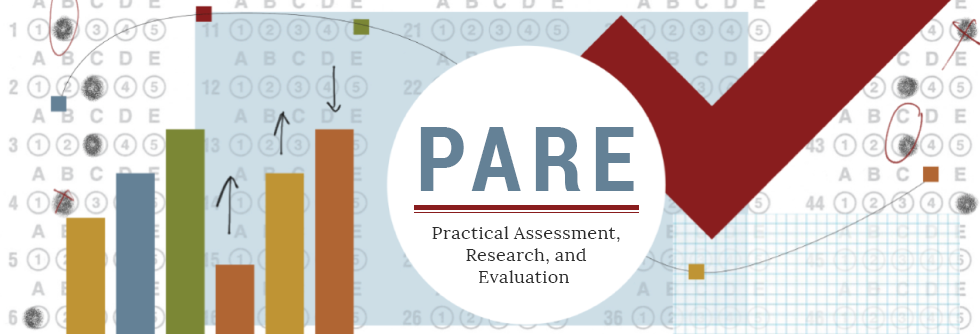An Evaluation of Normal Versus Lognormal Distribution in Data Description and Empirical Analysis
DOI
https://doi.org/10.7275/zeyh-j468
Abstract
Many existing methods of statistical inference and analysis rely heavily on the assumption that the data are normally distributed. However, the normality assumption is not fulfilled when dealing with data which does not contain negative values or are otherwise skewed – a common occurrence in diverse disciplines such as finance, economics, political science, sociology, philology, biology and physical and industrial processes. In this situation, a lognormal distribution may better represent the data than the normal distribution. In this paper, I re-visit the key attributes of the normal and lognormal distributions, and demonstrate through an empirical analysis of the ‘number of political parties' in India, how logarithmic transformation can help in bringing a lognormally distributed data closer to a normal one. The paper also provides further empirical evidence to show that many variables of interest to political and other social scientists could be better modelled using the lognormal distribution. More generally, the paper emphasises the potential for improved description and empirical analysis of quantitative data by paying more attention to its distribution, and complements previous publications in Practical Research and Assessment Evaluation (PARE) on this subject. Accessed 4,840 times on https://pareonline.net from December 21, 2017 to December 31, 2019. For downloads from January 1, 2020 forward, please click on the PlumX Metrics link to the right.
Creative Commons License

This work is licensed under a Creative Commons Attribution-NonCommercial-No Derivative Works 4.0 International License.
Recommended Citation
Diwakar, Rekha
(2019)
"An Evaluation of Normal Versus Lognormal Distribution in Data Description and Empirical Analysis,"
Practical Assessment, Research, and Evaluation: Vol. 22, Article 13.
DOI: https://doi.org/10.7275/zeyh-j468
Available at:
https://scholarworks.umass.edu/pare/vol22/iss1/13

Comments
https://doi.org/10.7275/zeyh-j468